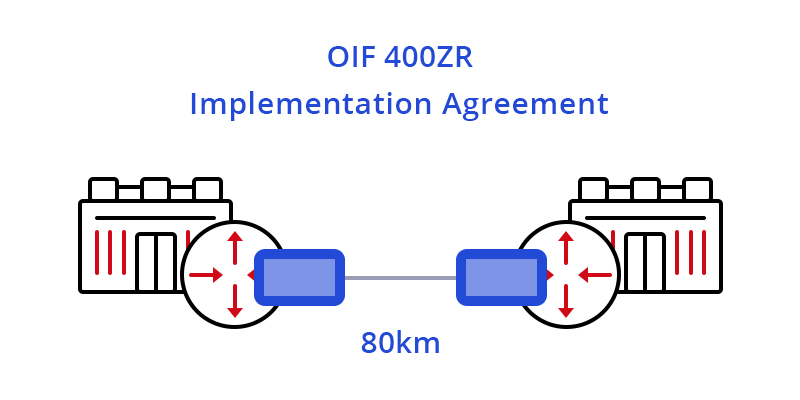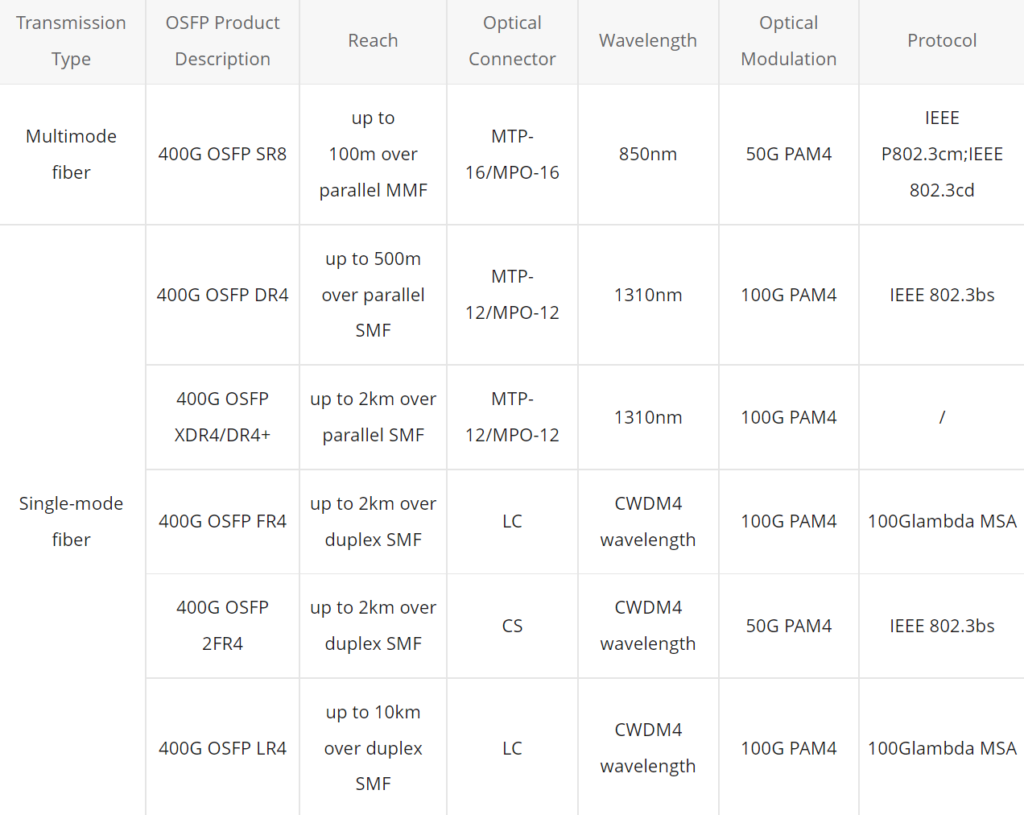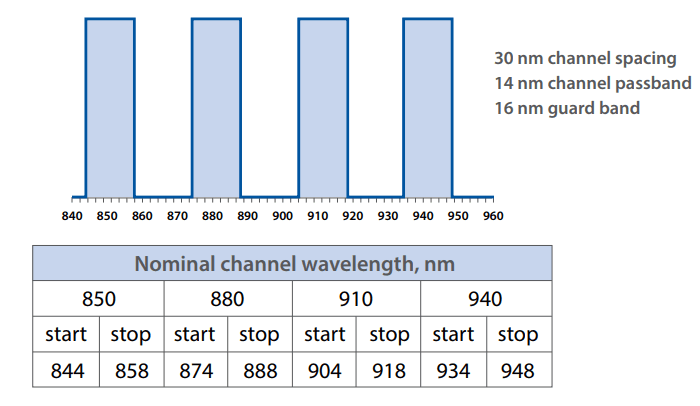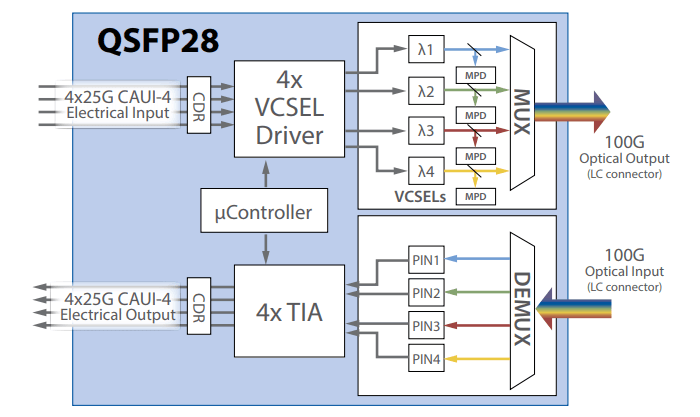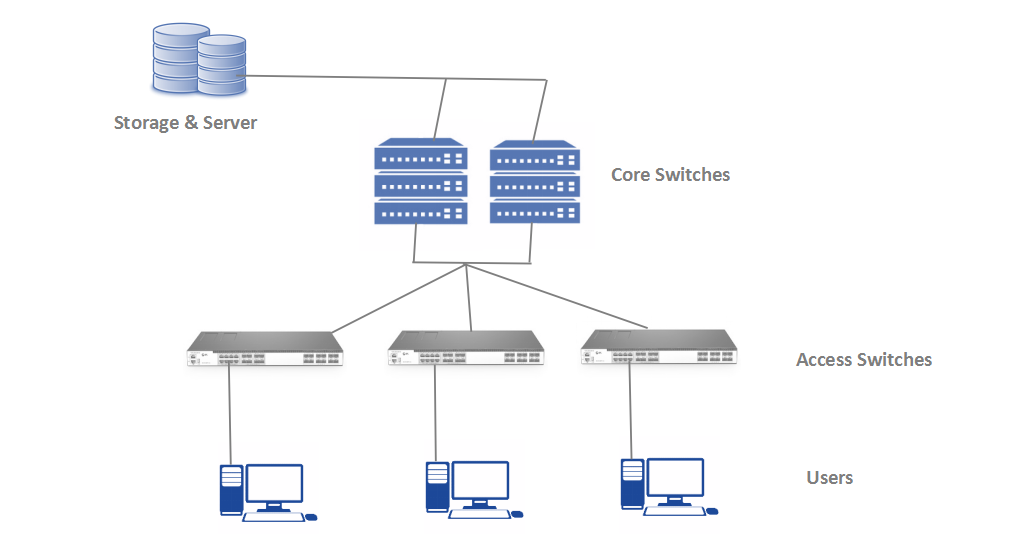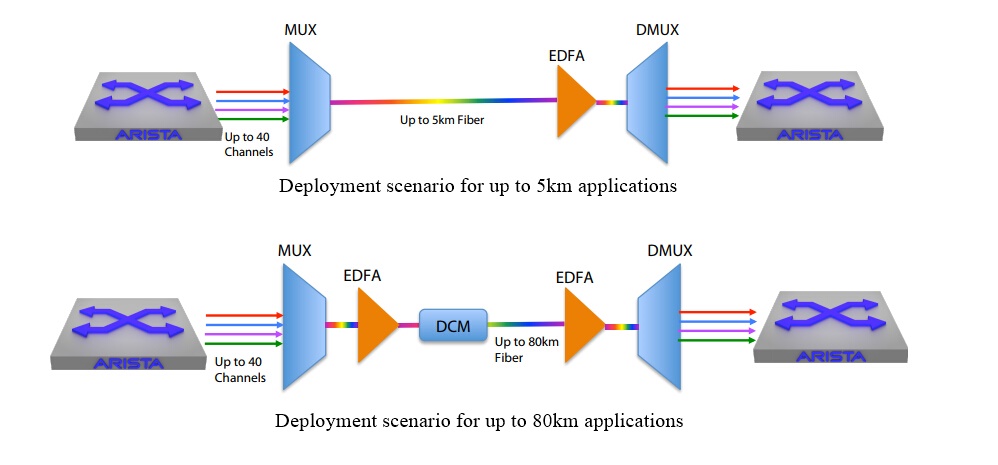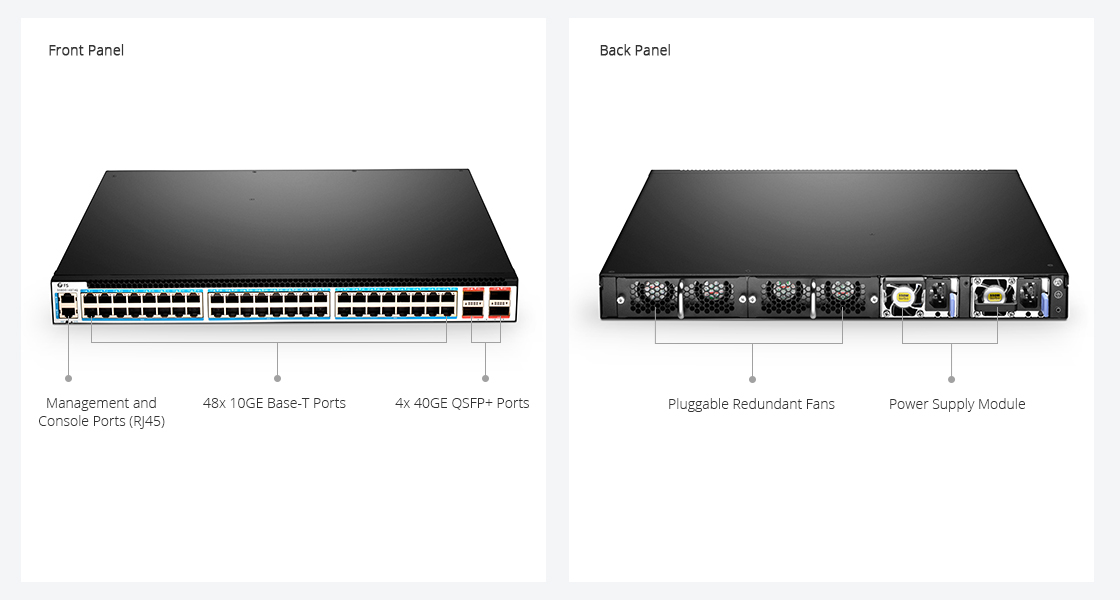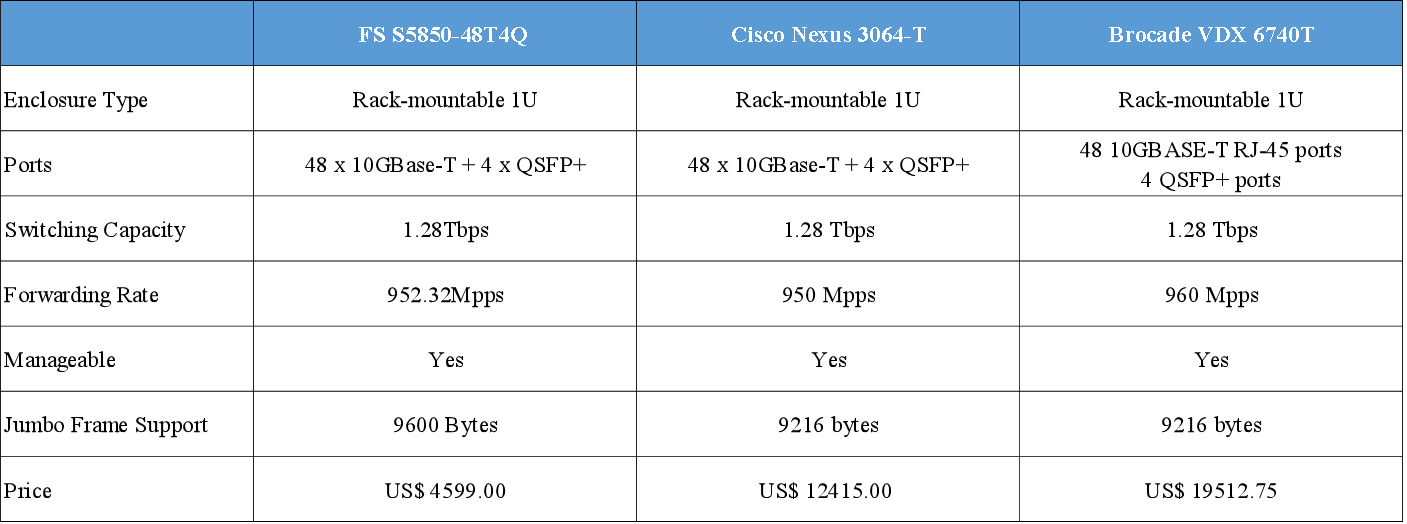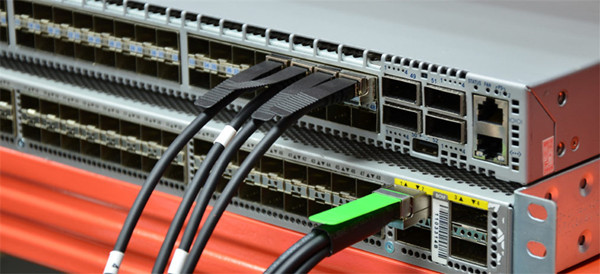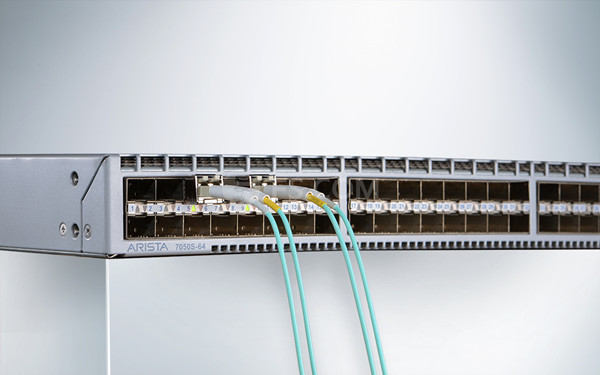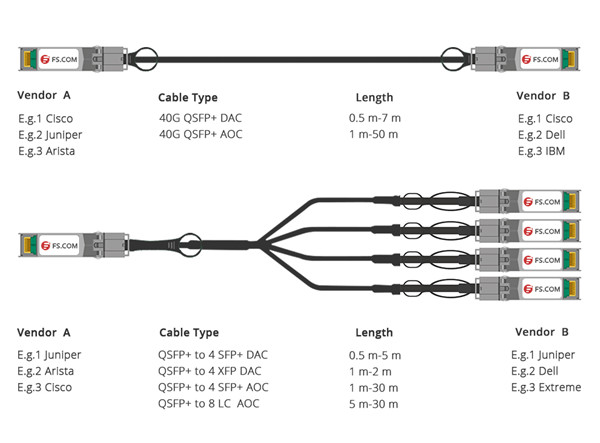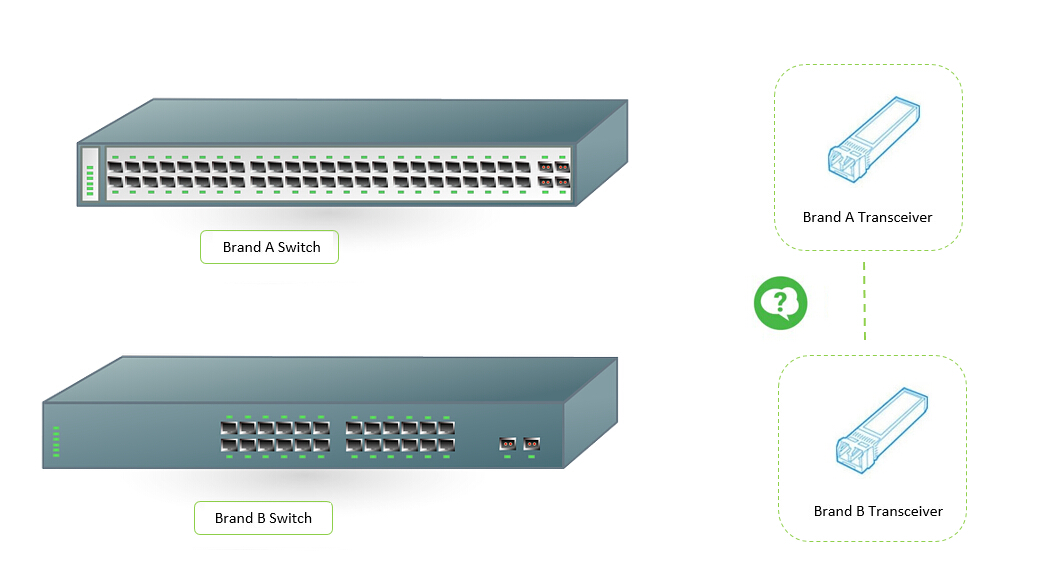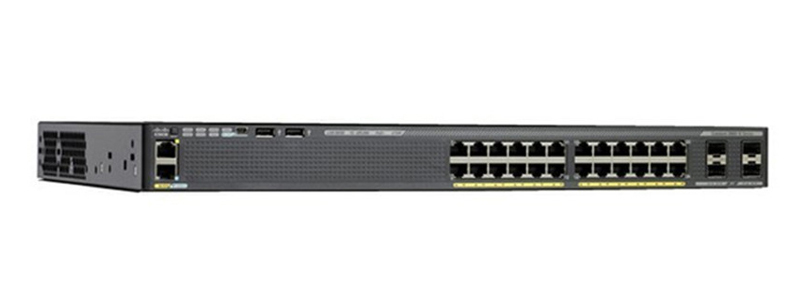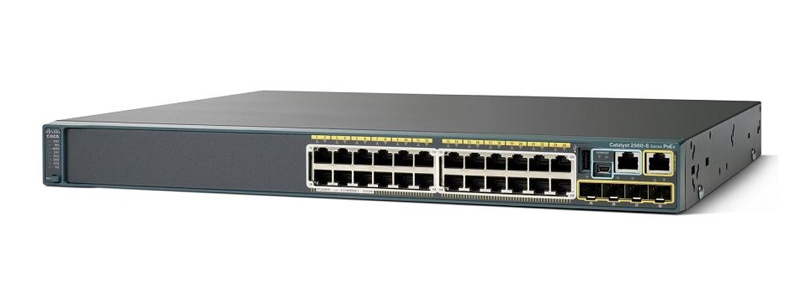Due to the increasing growth in the demand for data centers and cloud computing, enterprises are eager for data centers with higher speed, larger bandwidth, and lower latency. In this case, 400G Ethernet has become an inevitable trend in data centers. With the advent of 400G technology, there are typically two options for 400G data center connectivity: 400G transceivers and 400G DAC/AOC.
400G Transceivers
400G transceivers are common solutions for 400G data center interconnection. According to different 400G transceiver form factors, there are CFP8, QSFP-DD, OSFP, COBO, etc., of which the most common type is QSFP-DD. These transceivers are different from each other in terms of transmission distance, connector, media and so on.
Usually, the SR8 module uses an MPO-16 connector to connect to 8 fiber pairs, realizing 400G transmission. The DR4 / XDR4 / PLR4 modules use an MPO-12 connector to connect to 4 fiber pairs. Unlike the SR8 and DR4, the FR4 optical modules use a duplex LC optical connector. And the FR8 modules (also called 2FR4 modules) use a dual CS connector to connect to 2 fiber pairs.
400G Cables: 400G DAC & AOC
400G Direct Attached Cable (DAC) is suitable for very short-distance data center interconnection and it is cost-efficient. Besides, it uses copper cable as the transmission media. Typically, there are two types of DACs: passive copper cables for distance from 0 to 5m and active copper cables for distance from 5 to 15m.
Different from 400G DAC, 400G Active Optical Cable (AOC) uses fiber optical fiber as the transmission media. It is equivalent to using transceivers and separate cables. Besides, 400G AOCs support longer distance transmission than DACs, which can be up to 100m. They are also lighter and smaller than DACs, but they are more costly. Unlike DACs, AOCs are not affected by Electromagnetic Interference (EMI). You can check this article for more details on the 400G DAC and AOC.
Apart from 400G to 400G DAC/AOC, there are also 400G DAC/AOC breakout cables, such as 400G QSFP-DD to 4x100G QSFP56 DAC breakout cable, 400G QSFP-DD to 2x200G QSFP56 breakout AOC cable, and 400G QSFP-DD to 8x50G SFP56 DAC Breakout Cable. In this article, we’ll focus on 400G to 400G connection over 400G DAC/AOC.
Common 400G Transceiver/DAC/AOC Scenarios
Connectivity from ToR Switch to Server (Up to 2.5m)
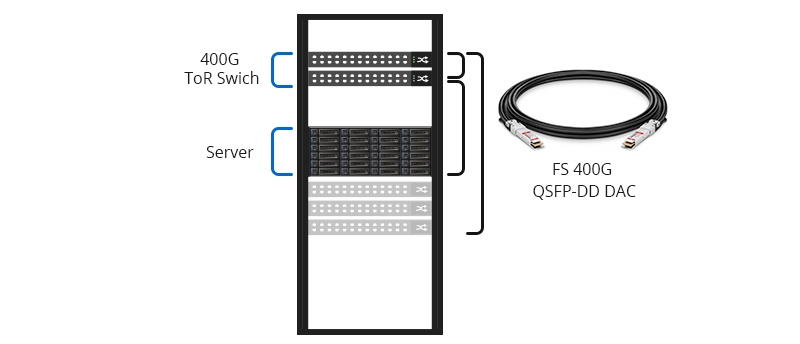
400G DAC is the perfect solution for linked switches and servers inside racks. As shown in the figure above, 400G QSFP-DD DAC is used to connect 400G ToR switch and server in a 42U server cabinet. Because the height of the 42U server cabinet is only about 2 meters and 400G DAC is also cost-efficient, the 400G DAC becomes an ideal solution for short-distance transmission inside cabinet.
Connectivity from EoR Switch to Server (Up to 30m)
The 400G AOC usually connects switches and servers between racks in a data center. As the picture above shows, the 400G EoR switch is connected to the server rack and aggregation rack through 400G QSFP-DD AOC. Since the 400G AOC uses optical fiber as the transmission media, it can achieve longer distance transmission and higher bandwidth than the 400G DAC. Besides, it is also used to connect separate switches to create a larger switch architecture.
Connectivity from ToR Switch to Server (Up to 100m)
400GBASE-SR8 QSFP-DD transceivers can be used for leaf-spine switches interconnection and the transmission distance can reach 100m over OM4 MMF with MTP/MPO-16 connector.
Connectivity from ToR Switch to Server (Up to 150m)
Different from 400GBASE-SR8 QSFP-DD transceivers, the 400GBASE-SR4.2 QSFP-DD transceivers support 150m distance transmission over MPO/MTP-12 OM5 MMF.
Connectivity from ToR Switch to Server (Up to 500m)
400GBASE-DR4 QSFP-DD transceivers support up to 500m transmission distance over OS2 SMF with MPO/MTP-12 connector.
Data Center Interconnection (up to 2-120km)
- Up to 2km: Usually, the data center interconnection needs transceivers that support longer distance and higher bandwidth transmission. 400GBASE-FR4 QSFP-DD transceivers support link lengths of up to 2km over OS2 SMF with duplex LC connector.
- Up to 10km: For data center interconnection over 2km, 400GBASE-LR8 QSFP-DD transceiver is a better choice. It can support data transmission distances of up to 10km over OS2 SMF.
- Up to 40km: 400GBASE-ER8 QSFP-DD enables link lengths of up to 40km over OS2 SMF with duplex LC connectors. Besides, it also features low-power, high-density and high-speed, which is a high-efficient option for 400G data center interconnection. However, it uses EML laser, APD detector, and also needs to use Mux combiner and Demux splitter, which leads to high cost.
- Up to 120km: As for hyperscale data center interconnection, only 400G-ZR CSFP Coherent optical modules can meet the demands, supporting OS2 SMF transmission distances up to 120km.
Conclusion
In conclusion, 400G transceivers and 400G AOC and DAC cables are effective choices for the 400G data center connectivity. Both 400G AOC and DAC are more suitable for short distance transmission. However, the 400G AOC supports higher data transfer speed, while the 400G DAC is more cost-efficient. As for 400G transceivers, the application scenarios are more abundant. Data center operators should make appropriate choices based on their actual needs.
Article Source:
https://community.fs.com/blog/400g-transceiver-dac-or-aoc-how-to-choose.html
Related Articles:


